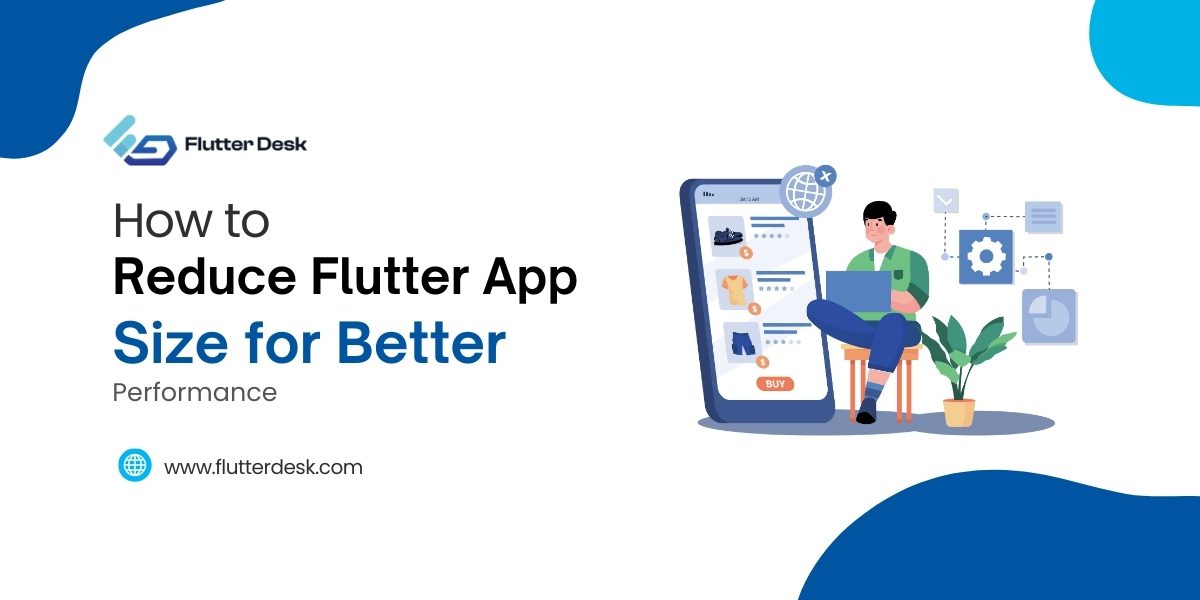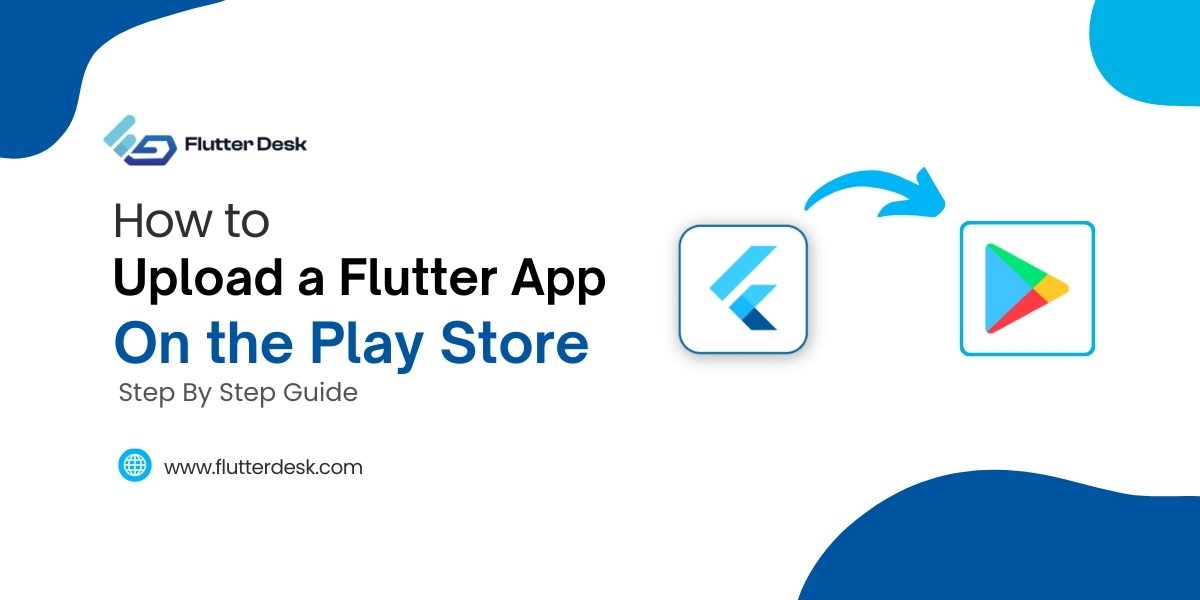Hey there! Have you ever wondered why the Flutter Native Splash is creating such a buzz in the app development world? Imagine this: you click on an app, and instead of a boring, blank screen, you’re greeted with a visually appealing splash screen. That’s the power of the Flutter Native Splash!
This ingenious feature isn’t just about good looks; it plays a crucial role in enhancing the user experience. You see, the splash screen acts as the first handshake between the app and its user, setting the tone for what’s to come. It’s not just a static image either. Thanks to the Flutter splash screen animation, this initial interaction can be dynamic, engaging, and reflective of the app’s identity.
So, why is this so important?
In the digital age, where attention spans are short, and first impressions count, a well-designed splash screen can be a game-changer. It’s the perfect opportunity to showcase brand identity and capture user interest right from the get-go. The splash screen is more than just a pretty face; it’s a strategic tool that can significantly boost user engagement and satisfaction.
What is a Flutter Native Splash?
Flutter Native Splash is a specific package designed for Flutter which package specializes in creating splash screens, which are the first screens you see when opening an app. These aren’t just any splash screens; they’re native to the platform, meaning they align closely with the underlying operating system, whether it’s Android or iOS. This integration ensures that the splash screen appears immediately when the app is launched, offering a seamless transition for users.
As a developer, you can tailor every aspect of the splash screen to match your app’s branding and style. This includes setting the background color, adding images or animations, and even adjusting the duration it appears on screen. The splash screen dependency in Flutter is a critical tool, allowing developers to ensure that the first point of interaction with their app is engaging and sets the right tone. This level of customization and native integration is what makes Flutter Native Splash an essential component in the toolkit of modern Flutter web app development.
How Do You Use Flutter Native Splash?
- Install the Package: Start by adding the Flutter splash native package to your project. Run flutter pub and add flutter_native_splash in your terminal. This command adds the necessary dependency to your pubspec.yaml file.
- Configure in pubspec.yaml: The next step involves configuring the splash screen in the pubspec.yaml file. Here, you’ll specify the desired background color and image for the splash screen. For instance, you could add:
flutter_native_splash: color: "#FFFFFF" image: assets/images/splash_screen.png
- Generate the Splash Screen: Once you’ve set up the configuration, generate the splash screen by running dart run flutter_native_splash:create. This command processes your settings and integrates the Flutter splash screen native into your app.
- Verify Implementation: After running the command, launch your app to see the new splash screen in action. The splash screen should display immediately upon app startup, showcasing the image and color you specified.
What Should A Splash Screen Include?
To make the splash screen work at its full potential, the following things are needed:
- Brand Logo/ Key Image: The most crucial element of a splash screen. It should prominently feature the brand’s logo or a key image that is instantly recognizable and associated with the app.
- Background color/ Pattern: A simple, unobtrusive background color that complements the logo or image. It should align with the app’s color scheme and branding.
- Loading Indicator: If there’s a noticeable load time, a loading indicator (flutter loader) is important. It reassures users that the app is functioning and loading content.
- A brief tagline or a message: A short tagline or message that reflects the app’s purpose or ethos can be included. This should be concise and engaging.
- Animation: Flutter animations can make the splash screen more dynamic and engaging. This could be a subtle animation of the logo or a background effect.
How Do You Make A Custom Splash Screen In Flutter?
To create a custom splash screen in Flutter, you start by configuring the flutter_native_splash package in your app. This involves editing the pubspec.yaml file to define the splash screen’s appearance. Here, you specify the image to be used (like a logo), the background color, and any other design elements.
After setting these parameters, you run a command to generate the splash screen, which seamlessly integrates it into your Flutter app. This process allows you to create a splash screen that not only aligns with your app’s branding but also loads quickly, providing a smooth user experience right from the start.
What Makes A Good Splash Screen?
A good splash screen is more than just an aesthetic element; it’s a crucial part of the user experience in an app. Here are the key factors that contribute to an effective splash screen:
- Fast Load Time: It should load quickly. A splash screen that takes too long can frustrate users.
- Brand Representation: It should prominently feature the brand’s logo or imagery, reinforcing brand recognition.
- Simplicity: Avoid clutter. A clean, simple design is more effective and visually appealing.
- Consistent Design: The design should be consistent with the app’s overall theme and color scheme, providing a seamless user experience.
- Engaging Visuals: Use high-quality graphics or animations that are engaging but not distracting.
- Appropriate Duration: The splash screen should display for just enough time to recognize the brand, usually a few seconds, before transitioning to the main content.
- Adaptive Design: It should adapt well to different screen sizes and orientations.
- Relevance: The content of the splash screen should be relevant to the app’s purpose and audience.
What Is The Difference Between A Splash Screen And A Launch Screen?
| Aspect | Splash Screen | Launch Screen |
| Purpose | Primarily to enhance brand recognition and user engagement. | To provide a placeholder while the app loads its initial resources. |
| Customization | Highly customizable with options for animations, logos, and brand-specific designs. | Generally static and less customizable, often just displaying a logo or simple graphic. |
| Duration | Can vary in duration based on design and purpose. Usually visible for a few seconds. | Typically displayed for a short, fixed duration dictated by the app’s load time. |
| User Experience | Can include dynamic elements or animations to engage users during the loading process. | Usually static and serves as a brief introduction to the app. |
| Development Approach | Involves more development effort for creating engaging and brand-specific designs. | Simpler to implement, often just a static image or screen. |
| Functionality | May include additional functionalities like loading indicators or initial app information. | Primarily serves as a placeholder with no additional functionalities. |
| Integration with App | More integrated with the app’s overall branding and user experience strategy. | Serves more as a technical requirement for the app’s initialization process. |
Flutter Native Splash Screen Not Working- Cause and Solution
When a Flutter native splash screen isn’t working, it’s often due to misconfiguration or an issue with the setup process. Common causes include incorrect settings in the pubspec.yaml file, such as an invalid path to the splash image or an incompatible image format. Also, inconsistencies between the Flutter framework version and the splash screen package version can lead to issues.
To fix a non-functioning Flutter native splash screen, start by double-checking the pubspec.yaml file. Ensure that the path to the splash image is correct and that the image is in a supported format. It’s also important to verify that the package version of flutter_native_splash is compatible with your current Flutter SDK version.
Sometimes, simply running flutter clean followed by flutter pub can resolve hidden issues. If these steps don’t work, consider checking for any error messages in the debug console, as they can offer specific clues on what needs to be corrected.
Conclusion
The journey through the world of Flutter Native Splash reveals its essential role in enhancing user experience in Flutter apps. From creating visually appealing and engaging splash screens to addressing technical glitches, Flutter Native Splash stands as a pivotal tool in the Flutter developer’s arsenal. It not only elevates the first impression of an app but also integrates seamlessly with the app’s overall design and functionality. As developers continue to harness its power, Flutter Native Splash is set to remain a key element in crafting intuitive and attractive mobile applications











